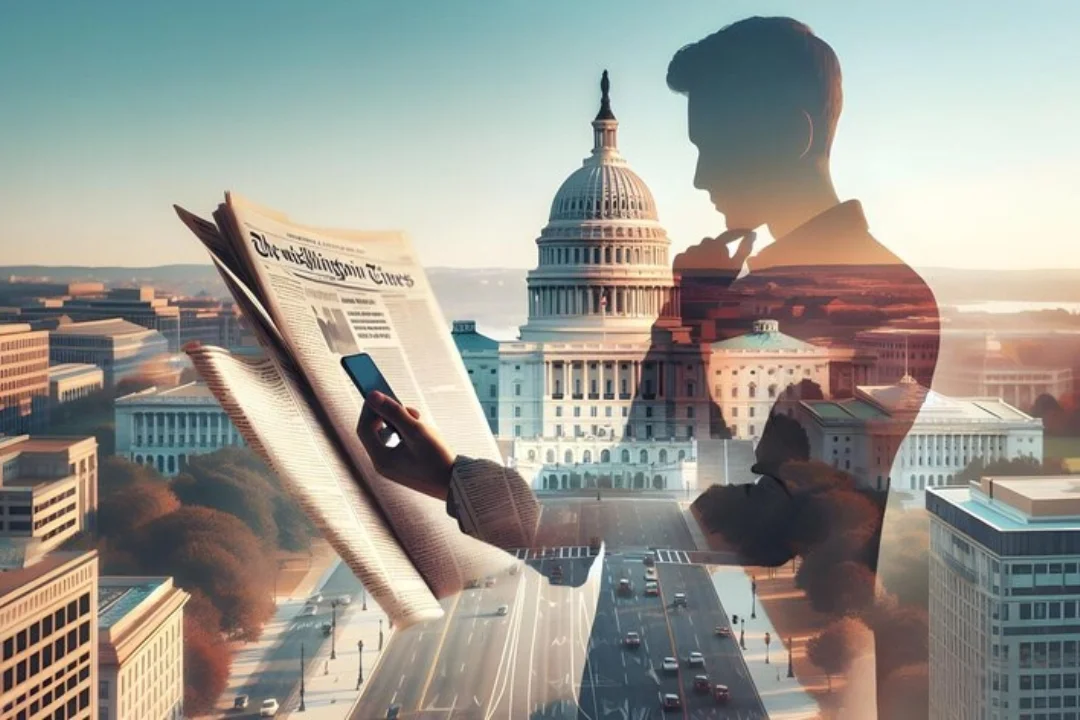Introduction to Intellectual Property Law
Intellectual Property (IP) Law is a vital area of legal practice that protects the creations of the mind. This includes inventions, literary and artistic works, designs, symbols, names, and images used in commerce. In a rapidly evolving economy driven by innovation and creativity, understanding IP law has never been more crucial. This article will explore the various facets of intellectual property law in the USA, providing a detailed overview of its types, importance, Property Law in the USA legal protections, and the processes involved.
1. What is Intellectual Property?
1.1 Definition and Importance
Intellectual property refers to creations that result from intellectual activity in the industrial, scientific, literary, or artistic fields. The significance of IP lies in its ability to foster innovation and creativity, allowing creators to reap the benefits of their inventions and works. By protecting these creations, IP law encourages the development of new ideas, Property Law in the USA contributing to economic growth and cultural enrichment.
1.2 Types of Intellectual Property
Intellectual property can be broadly categorized into several types, each with its own legal framework and protections:
- Patents
- Copyrights
- Trademarks
- Trade Secrets
Each type serves a different purpose and protects different aspects of intellectual creations.
2. Patents
2.1 What is a Patent?
A patent is a legal document granted by the government that gives an inventor exclusive rights to make, use, sell, or distribute an invention for a specified period, typically 20 years. Patents are crucial for incentivizing innovation by ensuring that inventors can profit from their creations without competition.
2.2 Types of Patents
There are three main types of patents in the USA:
- Utility Patents: Protect new and useful processes, machines, articles of manufacture, or compositions of matter.
- Design Patents: Protect the ornamental design of a functional item, ensuring that the visual characteristics are safeguarded.
- Plant Patents: Protect new varieties of plants that have been asexually reproduced.
2.3 The Patent Application Process
The patent application process involves several key steps:
- Preparation: The inventor must prepare a detailed description of the invention, including drawings and claims defining the scope of protection.
- Filing: The application is submitted to the United States Patent and Trademark Office (USPTO), along with the required fees.
- Examination: A patent examiner reviews the application for compliance with patent laws and regulations.
- Approval: If approved, the patent is granted, providing exclusive rights to the inventor.
2.4 Patent Infringement
Patent infringement occurs when someone makes, uses, sells, or distributes a patented invention without the patent holder’s permission. Legal remedies for infringement can include injunctions, damages, and, in some cases, attorney fees.
3. Copyrights
3.1 What is Copyright?
Copyright is a legal protection that grants creators exclusive rights to their original works of authorship, such as literature, music, art, and software. Copyright protection arises automatically upon the creation of a work and does not require registration, although registering can provide additional benefits.
3.2 Duration of Copyright Protection
In general, copyright protection lasts for the life of the author plus 70 years. For works created by corporations, copyright lasts for 95 years from publication or 120 years from creation, whichever expires first.
3.3 The Scope of Copyright Protection
Copyright protects the expression of ideas, not the ideas themselves. This means that while a particular story or song is protected, the underlying concepts or themes are not. Copyright holders have the exclusive rights to:
- Reproduce the work
- Distribute copies
- Create derivative works
- Publicly perform or display the work
3.4 Fair Use Doctrine
The fair use doctrine allows limited use of copyrighted material without permission for purposes such as criticism, commentary, news reporting, teaching, or research. Factors considered in determining fair use include:
- The purpose and character of the use
- The nature of the copyrighted work
- The amount and substantiality of the portion used
- The effect of the use on the market for the original work
4. Trademarks
4.1 What is a Trademark?
A trademark is a sign, symbol, word, or phrase used to identify and distinguish the source of goods or services. Trademarks protect consumers by preventing confusion about the origin of products and services.
4.2 Types of Trademarks
Trademarks can be classified into several categories:
- Word Marks: Protect words or combinations of words.
- Design Marks: Protect logos or symbols.
- Service Marks: Similar to trademarks but identify services rather than goods.
- Trade Dress: Protects the overall look and feel of a product or its packaging.
4.3 Trademark Registration Process
While trademark protection can arise from actual use in commerce, registering a trademark with the USPTO provides several advantages:
- Nationwide Protection: Registration grants nationwide rights, regardless of actual use in all states.
- Legal Presumptions: Registered trademarks are presumed to be valid, making it easier to enforce rights.
- Incontestability: After five years, a trademark can become incontestable, further solidifying the owner’s rights.
4.4 Trademark Infringement
Trademark infringement occurs when a party uses a mark that is identical or confusingly similar to a registered trademark without permission. Remedies for infringement can include injunctions, damages, and attorney fees.

5. Trade Secrets
5.1 What is a Trade Secret?
A trade secret is any information that provides a business advantage over competitors who do not know or use it. This can include formulas, practices, processes, designs, or customer lists. Trade secrets are protected as long as they remain confidential and provide economic value.
5.2 Legal Protections for Trade Secrets
The Uniform Trade Secrets Act (UTSA) and the Defend Trade Secrets Act (DTSA) provide legal frameworks for the protection of trade secrets in the USA. To qualify for trade secret protection, the information must:
- Be secret
- Have economic value
- Be subject to reasonable efforts to maintain its secrecy
5.3 Misappropriation of Trade Secrets
Misappropriation occurs when someone acquires a trade secret through improper means, such as theft or breach of confidentiality. Legal remedies can include injunctions, damages, and, in some cases, punitive damages.
6. The Role of Intellectual Property in Business
6.1 IP as a Business Asset
Intellectual property can be one of the most valuable assets of a business. Properly managed IP can enhance a company’s market position and increase its valuation. Businesses should actively manage their IP portfolios to maximize their potential.
6.2 Licensing and IP Monetization
Businesses often license their intellectual property to generate revenue. Licensing agreements allow other parties to use a company’s IP in exchange for royalties or fees, providing an additional income stream without diluting ownership.
6.3 IP Strategy for Startups
For startups, developing a robust IP strategy is crucial. Key considerations include:
- Identifying and protecting core IP assets
- Conducting freedom-to-operate analyses to avoid infringement
- Developing a plan for licensing and enforcement
7. International Intellectual Property Law
7.1 The Global Landscape of IP Protection
Intellectual property law is not confined to national borders. As businesses expand globally, understanding international IP protections becomes essential. Treaties and agreements such as the Agreement on Trade-Related Aspects of Intellectual Property Rights (TRIPS) and the Paris Convention provide frameworks for international cooperation on IP issues.
7.2 Regional Differences in IP Law
Each country has its own IP laws and enforcement mechanisms. Businesses operating internationally must be aware of these differences to ensure compliance and protect their intellectual property effectively.
7.3 Filing for International IP Protection
The Madrid Protocol allows for international trademark registration in multiple jurisdictions through a single application. Similarly, the Patent Cooperation Treaty (PCT) facilitates international patent applications, streamlining the process for inventors seeking protection in multiple countries.
8. Challenges in Intellectual Property Law
8.1 The Digital Age and IP Issues
The rise of the internet and digital technologies has presented new challenges for IP law. Issues such as online piracy, digital rights management, and the ease of copying digital content have complicated enforcement efforts.
8.2 Balancing Innovation and Protection
Striking a balance between protecting intellectual property rights and fostering innovation is an ongoing challenge. Overly stringent protections can stifle creativity and collaboration, while weak protections may discourage investment in new ideas.
9. Future Trends in Intellectual Property Law
9.1 Evolving Legal Standards
As technology advances, so too do the legal standards governing intellectual property. Emerging areas such as artificial intelligence, blockchain technology, and genetic inventions are prompting discussions about how existing IP frameworks can adapt.
9.2 The Impact of Social Media
Social media platforms have become significant players in IP issues, often serving as a battleground for copyright infringement and trademark disputes. The evolution of these platforms will likely shape the future of IP enforcement.

10. Conclusion
Intellectual property law is an essential component of the modern economy, playing a critical role in protecting innovation, creativity, and business interests. Understanding the various forms of IP and their legal protections is vital for creators, businesses, and consumers alike.
As the landscape of technology and commerce continues to evolve, so too will the laws governing intellectual property. Staying informed about these changes and understanding the nuances of IP law will be crucial for anyone looking to navigate the complexities of this field effectively.
FAQs
1. What types of intellectual property are protected under U.S. law? Intellectual property in the U.S. is protected through patents, copyrights, trademarks, and trade secrets.
2. How long does a patent last in the U.S.? A utility patent typically lasts for 20 years from the filing date, while design patents last for 15 years from the date of grant.
3. Do I need to register my copyright? Copyright protection arises automatically upon the creation of a work, but registering it provides additional legal benefits, such as the ability to sue for statutory damages.
4. What is the difference between a trademark and a service mark? A trademark identifies and distinguishes goods, while a service mark identifies and distinguishes services.
5. How can I protect my trade secrets? To protect trade secrets, you must keep the information confidential and take reasonable steps to maintain its secrecy, such as using non-disclosure agreements (NDAs) and implementing security measures.
